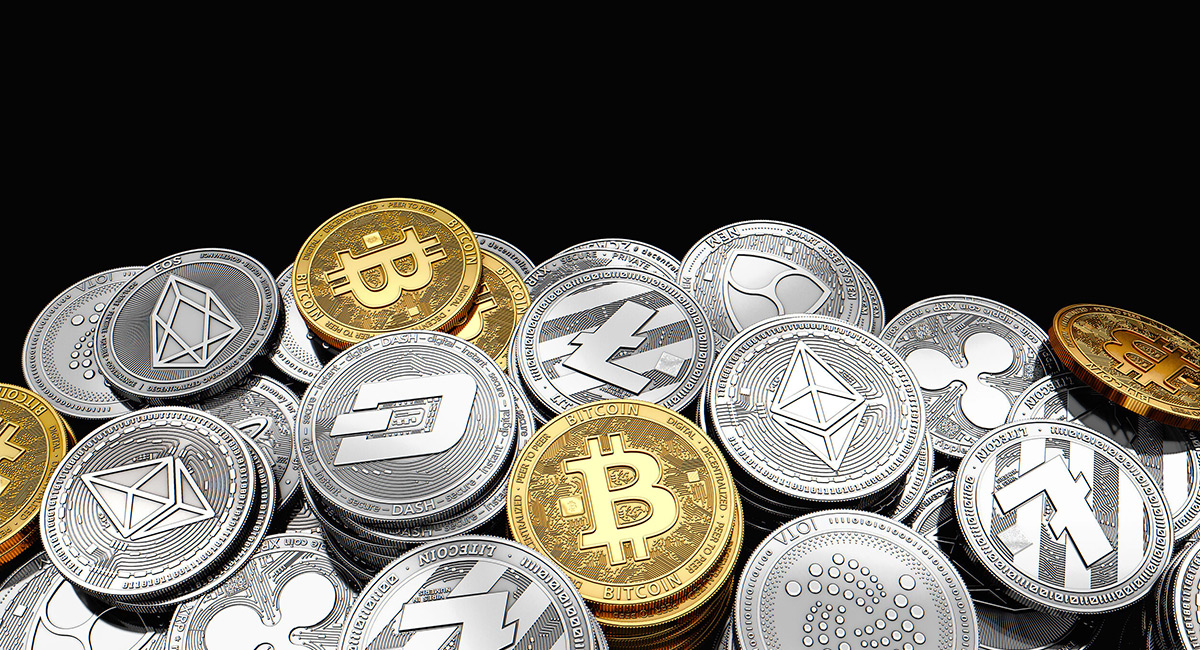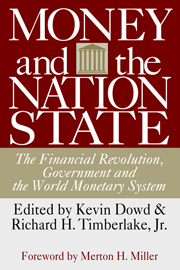Like those in other emerging industries touting cutting-edge technologies, cryptocurrency boosters never tire of telling the public just how innovative, disruptive, and beneficial the crypto ecosystem is. The sales pitch goes something like this: “The new private, digital money made possible by blockchain technology will decentralize the world’s financial system and become an incorruptible basis that ushers in a new era of economic life. Crypto and other products designed on top of its protocols will displace the Jurassic incumbents in banking and capital markets while giving the entire world access to financial products that cannot be expropriated or inflated away. Everything will be transparent, interoperable, and lightning-fast.”
In light of this impressive sales pitch, discussions about the regulation of crypto invariably gesture at the “need” to balance protections with a respect for “innovation.” But before any balancing can be done, one must determine the veracity of the sales pitch. Just how innovative are cryptos?
Like Moliere’s Mssr. Jourdain, who was surprised and delighted to learn that he had been speaking prose his entire life, readers with bank accounts may be tickled to learn that they have been using private, digital money for a long time. In the United States, a chartered bank has the power to create new deposit money whenever it makes a loan or advance. The money created by the bank exists in electronic book-entry form and generally has no physical existence. The ability to create money is a great power that understandably comes with great responsibility. To maintain a bank charter, financial institutions must comply with a vast body of law and meet stringent requirements for liquidity and capital adequacy, while facilitating tax compliance and policing money laundering and sanctions evasion.
Collectively, the regulatory requirements for chartered banks reinforce the crux of the modern monetary system: the convertibility of private deposit money into legal tender at par. If depositors should ever desire it, the Federal Reserve stands ready to convert every private, digital dollar in a bank deposit account one-for-one into physical dollars, provided the bank is solvent and compliant.
Individual banks hold reserve money in book-entry form at the Federal Reserve. They convert private dollars into reserve money to settle private money transactions within the banking system. Using the clearinghouse apparatus provided by the Federal Reserve and various private consortia, the banking system settles quadrillions of dollars of cashless payments each year via digital money. The clearings system permits the decentralization of money creation, while the interbank-lending market serves to balance liquidity throughout the banking system. The dollar system operates on digital money, and it operates well. And yes, you can use it on a smartphone.
Private, digital money is nothing new, and the ability of the dollar system to successfully handle the demands placed on it is not in doubt. So why would anyone need crypto? At this point in the argument, if a crypto enthusiast does not begin spinning a hysterical story about the inevitable collapse of the dollar and the U.S. financial system—a story for which we have little patience or sympathy—he will reach for his other knock-down argument: the blockchain. Whereas the clearings system relies on ‘trusted intermediaries,’ no institution is needed to balance the books on the blockchain. Everyone balances the books together, through consensus. Arriving at consensus does require a medium-sized country’s-worth of electricity, mind you . . . but that’s the price of incorruptibility.
To be sure, there are technical, theoretical, and even aesthetic reasons to be interested in blockchains, but their ability to act as a distributed ledger or a clearinghouse for financial transactions is not one of them. Banks have been reliable keepers of ledgers for centuries (in fact, it has long been their core business), and one must be overly impressed with the notion of ‘trusted intermediaries’ as ultra-fragile points of failure before a blockchain starts to look like the inevitable solution. In the case of a clearinghouse, which has no meaningful discretion in its capacity as an intermediary, the risks introduced by their involvement in the completion of transactions are hardly obvious. The clearinghouse’s sole job is to carry out the instructions of others. Investments in reputations, recourse to the law, and ample collateral reduce the risk of non-performance by the clearinghouse or a counterparty using the clearings system. Failures are not impossible, but they are exceedingly rare.
Losses of crypto assets during settlement are, by contrast, semi-regular events. If a hacker or unscrupulous insider can obtain the private key to an exchange’s “hot wallet,” he can lift any crypto funds that are in transit. When such disasters happen, recourse to the law, collateral, or trusted parties is slim. The absence of identities, intentions, and trust quickly morphs from a feature to a bug.
As for claims that crypto will be a boon to humanity by bringing sound money to all corners of the globe, we see no reason why crypto would be more successful in that mission merely because it is crypto. For crypto and international currencies alike, the primary barrier to wider participation is not technological, but economic: If people have little income or wealth to begin with, what will they exchange for dollars or crypto? The most likely international users of crypto are not the indigent or the unbanked, but those who are already connected to the world’s financial system with deposit accounts denominated in major currencies.
Ultimately, crypto’s value proposition does not rest on digitalization, speed, “network effects,” interoperability, or product variety: The regulated financial system already offers all these things. Its value and its claims to innovation instead rest overwhelmingly on its ability to provide end-runs around the law: that is, to transact without an identity. Academic research has found that roughly half of bitcoin transactions involve illegal activity, and that “cryptocurrencies are transforming the black markets by enabling ‘black e-commerce.’” Clearly, this is not the sort of innovation one wants to protect.
We do not wish to claim that crypto is devoid of innovation, but to cut some of the more breathless claims about it down to size. Many sophisticated entities are experimenting with crypto and its associated technologies, and surely that experimentation will turn up interesting use cases. But no aspect of cryptocurrency technology is such a fundamental advance in the provision of money or payment services that it deserves to be regulated differently than the money-creation and payment activities of banks. If anything, crypto’s incredible capacity for reinventing wheels should enhance our appreciation for the economic, legal, and social technologies of fiat money, banking, capital markets, and prudent regulation.











